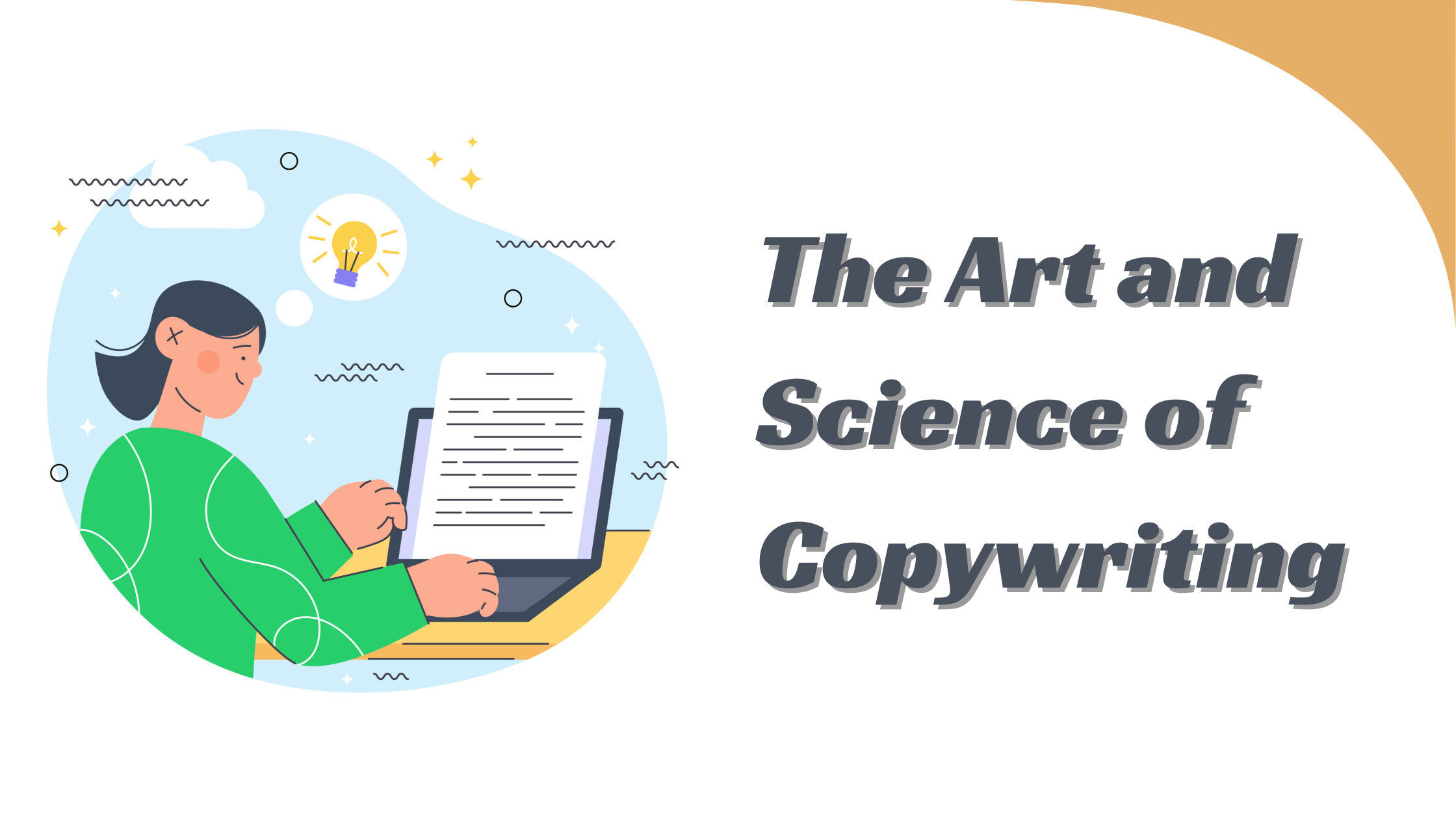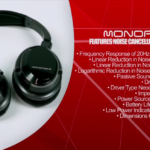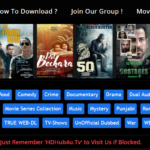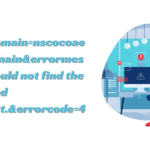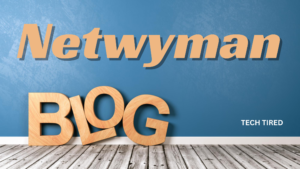Unleash the Power of Words: The Art and Science of Copywriting
- 1 The Essence of Copywriting
- 2 The Art of Crafting Compelling Copy
- 2.1 Understanding Your Audience
- 2.2 Creating Customer Personas
- 2.3 Captivating Headlines
- 2.4 Writing with Purpose
- 2.5 The AIDA Model
- 2.6 The Power of Storytelling
- 2.7 Emotional Appeal
- 3 The Science Behind Effective Copywriting
- 3.1 Persuasive Techniques
- 3.2 Social Proof
- 3.3 Scarcity
- 3.4 Reciprocity
- 3.5 The Importance of Clarity
- 3.6 Avoiding Jargon
- 3.7 SEO and Copywriting
- 3.8 Keywords and Intent
- 4 Practical Tips for Mastering Copywriting
- 4.1 Hone Your Writing Skills
- 4.2 Use Active Voice
- 4.3 Focus on Benefits, Not Features
- 4.4 Craft Compelling Calls to Action (CTAs)
- 5 Real-World Examples of Powerful Copywriting
- 6 The Future of Copywriting: Trends to Watch
- 7 Conclusion: Unlocking the Full Potential of Words
In the fast-paced digital age, where every click counts, the power of words has never been more essential. Good copywriting is not just about stringing together sentences; it’s about creating a connection, evoking emotions, and driving action. This article will delve into the art and science of copywriting, exploring how words can be wielded to captivate audiences, convey messages, and, ultimately, unleash their full potential.
The Essence of Copywriting

What is Copywriting?
Copywriting is the craft of writing persuasive text to promote a product, service, or idea. It is a crucial component of marketing and advertising, influencing people’s perceptions and behavior. Whether it’s a catchy slogan, an engaging blog post, or a compelling sales page, effective copywriting can transform mundane language into a powerful tool for communication and conversion.
Why Words Matter
Words have the power to inspire, inform, persuade, and compel. In the world of marketing, words are the bridge between businesses and their audiences. They can build brand identity, foster trust, and drive consumer action. The right words can turn a skeptical reader into a loyal customer. This is the essence of copywriting – harnessing the power of words to achieve strategic goals.
The Art of Crafting Compelling Copy
Understanding Your Audience
The foundation of compelling copy lies in understanding the audience. Knowing who you are writing for and what they need is crucial. Are they looking for solutions to a problem? Do they seek information or entertainment? Audience insights allow copywriters to tailor their messages effectively, ensuring relevance and resonance.
Creating Customer Personas
Developing detailed customer personas can help. These are fictional representations of your ideal customers based on real data and market research. By understanding your audience’s demographics, interests, challenges, and motivations, you can craft copy that speaks directly to them.
Captivating Headlines
A headline is often the first thing people see, and it can make or break your copy. A captivating headline grabs attention and entices readers to delve deeper. It should be clear, concise, and convey the essence of the content. Using powerful, action-oriented words and addressing the reader’s needs or pain points can make your headlines more compelling.
Writing with Purpose
Whether it’s to inform, persuade, entertain, or sell, identifying the primary objective will guide the writing process. This purpose should be evident throughout the copy, creating a cohesive and focused message.
The AIDA Model
A popular framework in copywriting is the AIDA model – Attention, Interest, Desire, Action. This involves capturing the reader’s attention, arousing their interest, stoking their desire, and prompting them to take action. Using this structure ensures that your copy is purposeful and effective.
The Power of Storytelling
Storytelling is a powerful tool in copywriting. Humans are naturally drawn to stories because they are relatable and memorable. Incorporating narratives that illustrate the benefits of your product or service can make your copy more engaging and persuasive. A good story can transform abstract concepts into tangible experiences that resonate with your audience.
Emotional Appeal
People make decisions based on emotions as much as logic. By tapping into emotions such as happiness, fear, excitement, or empathy, copywriters can create a deeper connection with their audience. Emotional appeal can enhance the impact of your message and drive action.
The Science Behind Effective Copywriting

Persuasive Techniques
Effective copywriting is grounded in psychology. Understanding how people think and what motivates them allows copywriters to craft messages that influence behavior. Techniques such as social proof, scarcity, and reciprocity are commonly used to create a persuasive copy.
Social Proof
People tend to trust recommendations from others. Including testimonials, case studies, or endorsements in your copy provides social proof, making your offer more credible and appealing.
Scarcity
Highlighting limited-time offers, exclusive deals, or scarce availability can create a sense of urgency, prompting immediate action.
Reciprocity
The principle of reciprocity suggests that people are more likely to take positive action if they feel they have received something valuable. Offering free resources, helpful information, or small gifts can foster goodwill and encourage reciprocation.
The Importance of Clarity
Clarity is paramount in copywriting. Ambiguous or convoluted language can confuse readers and dilute your message. Clear, concise, and straightforward copy ensures that your message is easily understood and retains the reader’s attention.
Avoiding Jargon
While industry-specific terminology may showcase your expertise, it can alienate readers who are unfamiliar with it. Using simple, everyday language makes your copy accessible to a broader audience.
SEO and Copywriting
In the digital age, copywriting and SEO (Search Engine Optimization) go hand-in-hand. Incorporating relevant keywords naturally into your copy helps improve your content’s visibility on search engines. However, it’s essential to maintain a balance – your primary focus should be on creating engaging content for your readers, not just search engines.
Keywords and Intent
Understanding keyword intent is crucial. Are users searching for information, looking to make a purchase, or seeking a solution to a problem? Aligning your copy with the user’s intent ensures that your content is relevant and valuable.
Practical Tips for Mastering Copywriting

Hone Your Writing Skills
Like any craft, copywriting requires practice and continuous improvement. Reading widely, writing regularly, and seeking feedback can help you refine your skills. Staying updated with industry trends and best practices also keeps your writing fresh and relevant.
Use Active Voice
It emphasizes the action and keeps the reader’s attention. For example, “Our team achieved a 20% increase in sales” is more impactful than “A 20% increase in sales was achieved by our team.”
Focus on Benefits, Not Features
While features describe what a product does, benefits explain how it improves the user’s life. Focusing on benefits makes your copy more persuasive by highlighting the value and positive impact on the customer. Instead of listing features, show how they solve problems or enhance experiences.
Craft Compelling Calls to Action (CTAs)
A call to action (CTA) is a critical element of any copy. It guides the reader on what to do next. A compelling CTA is clear, concise, and action-oriented. Use strong verbs and create a sense of urgency or excitement to motivate readers to take the desired action.
Real-World Examples of Powerful Copywriting
Nike’s “Just Do It”
Nike’s iconic slogan, “Just Do It,” is a testament to the power of concise and motivational copy. It resonates with the audience’s desire for achievement and encourages action, encapsulating Nike’s brand message in three simple words.
Apple’s Product Descriptions
Apple’s product descriptions are a masterclass in benefit-focused copywriting. Instead of just listing features, Apple emphasizes how each feature enhances the user’s experience – from stunning visuals on their Retina displays to the seamless connectivity of their ecosystem.
Dollar Shave Club’s Video Ad
Dollar Shave Club’s viral video ad is an excellent example of combining humor, storytelling, and a clear value proposition. The ad’s engaging script, witty humor, and straightforward messaging effectively communicated the brand’s unique selling points, resulting in massive customer acquisition.
The Future of Copywriting: Trends to Watch

Voice Search Optimization
With the increasing use of voice-activated assistants like Siri, Alexa, and Google Assistant, optimizing copy for voice search is becoming essential. Voice search queries tend to be longer and more conversational, requiring copywriters to adapt their strategies accordingly.
Personalization
Personalization is the future of marketing, and copywriting is no exception. Leveraging data to create personalized copy that speaks directly to individual preferences and behaviors can significantly enhance engagement and conversion rates.
Interactive and Multimedia Content
The rise of interactive and multimedia content presents new opportunities for copywriters. Integrating interactive elements, videos, and infographics into copy can create a more engaging and immersive experience for audiences.
Conclusion: Unlocking the Full Potential of Words
Copywriting is both an art and a science. It requires creative flair to craft messages that captivate and engage, coupled with an understanding of psychological principles to influence behavior. By mastering the fundamentals and staying attuned to emerging trends, copywriters can unleash the full power of words to drive action and achieve desired outcomes.
Whether you are a business owner, marketer, or aspiring copywriter, understanding the principles of effective copywriting can transform your communication efforts. Invest in honing your copywriting skills, and you’ll unlock countless opportunities to connect with your audience, build your brand, and achieve your strategic goals. Remember, the right words have the power to inspire, persuade, and compel – harness that power, and you can accomplish great things.

